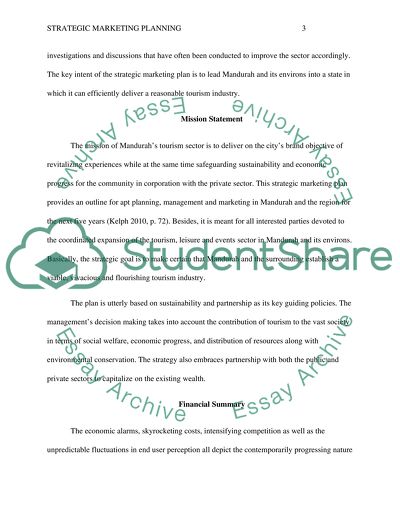Cite this document
(“Strategic Marketing Planning Essay Example | Topics and Well Written Essays - 2500 words”, n.d.)
Retrieved from https://studentshare.org/tourism/1470077-strategic-marketing-planning
Retrieved from https://studentshare.org/tourism/1470077-strategic-marketing-planning
(Strategic Marketing Planning Essay Example | Topics and Well Written Essays - 2500 Words)
https://studentshare.org/tourism/1470077-strategic-marketing-planning.
https://studentshare.org/tourism/1470077-strategic-marketing-planning.
“Strategic Marketing Planning Essay Example | Topics and Well Written Essays - 2500 Words”, n.d. https://studentshare.org/tourism/1470077-strategic-marketing-planning.


